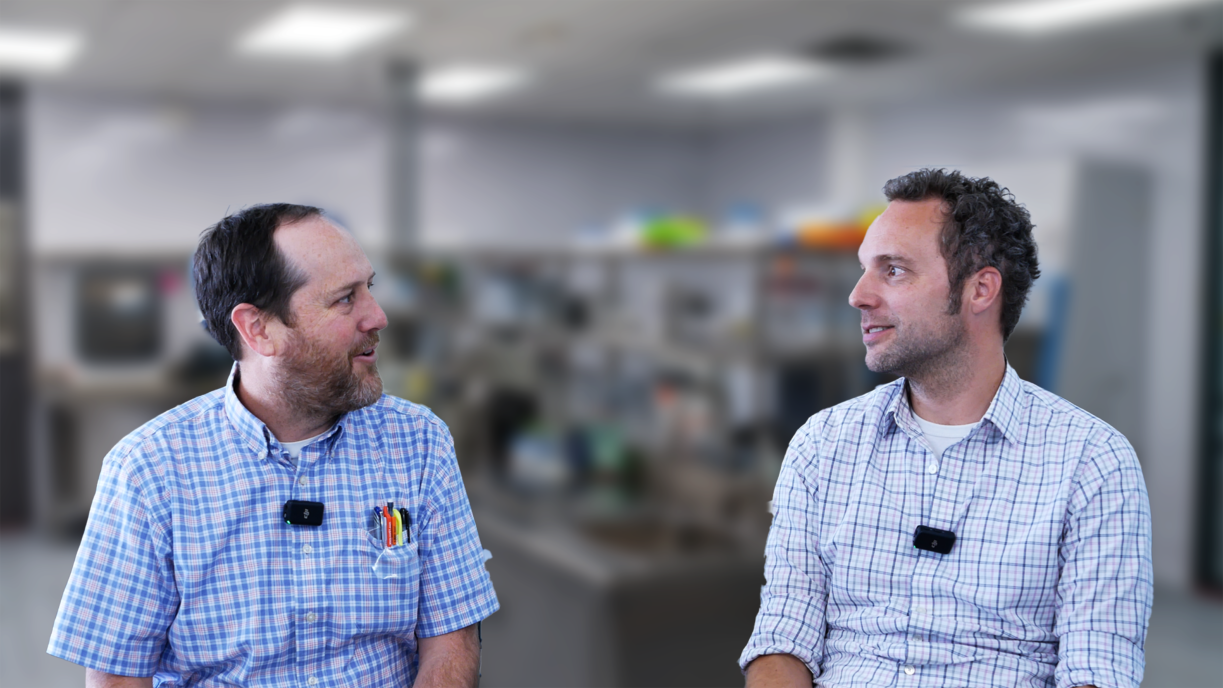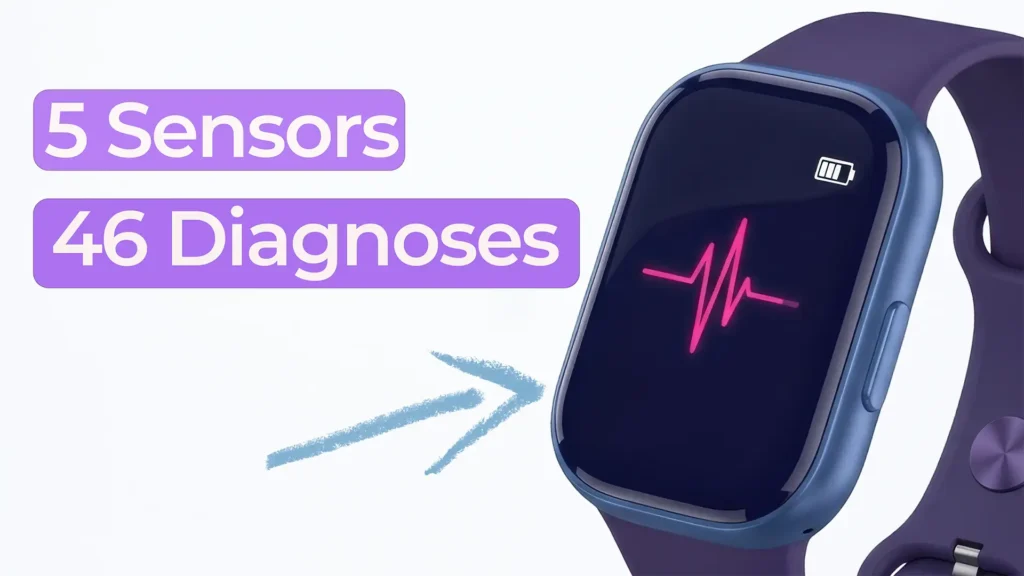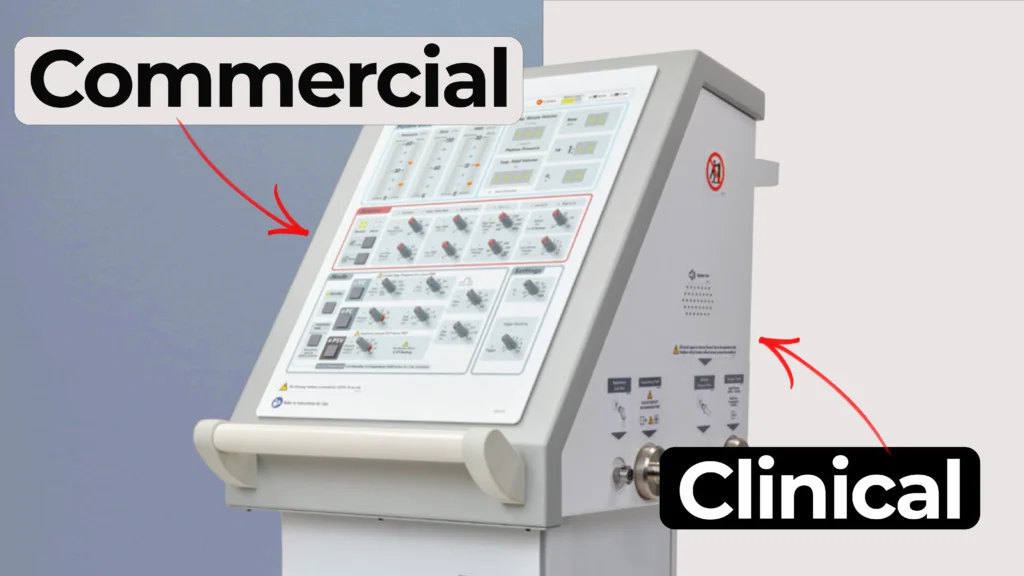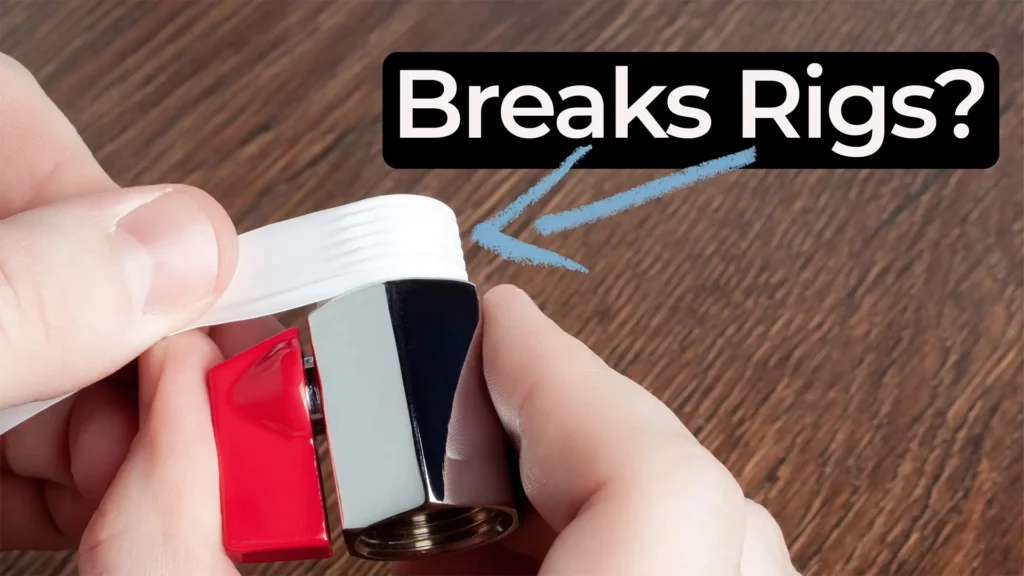
Bio Break: Drug-Device Combination Products
In this episode of Bio Break, Joris and Nick explore the increasingly important world of drug-device combination products, discussing what they are, why they matter, and the unique challenges associated with their development. As modern pharmaceuticals become more complex, the role of engineered medical devices in delivering these therapies safely and effectively has never been more critical.
Joris begins by defining combination products as therapeutic solutions that combine a medical device with a pharmaceutical under a single regulatory umbrella. He explains why this approach, while more complex, is necessary for modern biologics, such as gene therapies, which require precise delivery to specific parts of the body—like the brain—where traditional methods fall short.
Key takeaways from the episode include:
- Why Combine Drugs and Devices?: Combination products are often essential for biologics and viscous therapies, which require bespoke devices for controlled, targeted delivery. For example, wearable injectors allow patients to administer viscous drugs over long periods without discomfort or traditional syringes.
- Regulatory Challenges: Combining a device and a drug introduces additional regulatory considerations, particularly aligning medical device development timelines with pharmaceutical clinical trial phases. Joris highlights how phase one trials often use off-the-shelf devices, but by phase two, the bespoke medical device must be integrated to validate both the drug and the device’s safety and efficacy.
- Device Engineering for Precision Delivery: Nick illustrates the need for tailored devices that can handle challenges like viscous fluids, using honey as a relatable example. Such precision-engineered devices ensure therapies are delivered effectively, making the drug and device interdependent for success.
The conversation highlights how collaboration between pharmaceutical and medical device developers is critical to meeting clinical milestones and achieving regulatory approval.
This episode is essential viewing for developers, innovators, and healthcare professionals working on combination products. Discover how pairing medical devices with pharmaceuticals enables groundbreaking therapies and unlocks new possibilities for patient care.
Drug-Device Combination Products – Navigating Complexity
Related Resources

In this Bio Break episode, Nick and Nigel explore a surprising and memorable microbiology fact that puts everyday hand hygiene into perspective.

Nick and Nigel explore how a surprisingly small set of sensors could be used to identify a wide range of common health conditions.

Understanding how clinical ventilator development differs from commercial ventilator design is essential for teams planning early studies.

Nick walks through a practical Teflon tape lesson that came from real work supporting a mechanical test rig.
